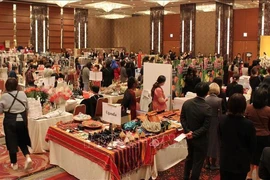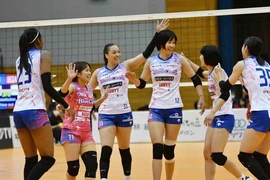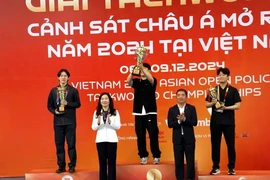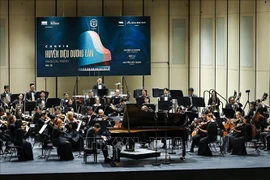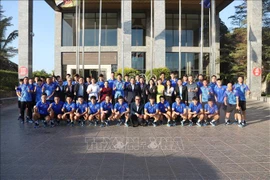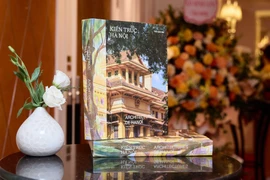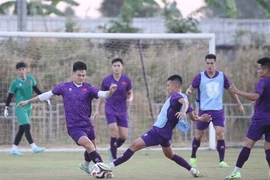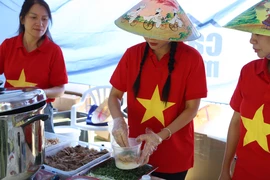The chequered scarves have been closely associated with the working and daily lives of local people, and are a cultural symbol of the Mekong Delta region.
Most scarves in the region are woven by workers in Long Khánh A commune, an islet in Hồng Ngự district. To make a complete product, the weaver must complete many stages. Initial products were entirely handmade chequered cloth, usually in two colours - black and white, or brown and white. The rustic chequered scarves have now been diversified in terms of colours and patterns.
A significant milestone for the traditional craft came in 1998, when the national power grid reached the islet, enabling local people to switch from hand looms to electric looms.
Over time, the traditional craft of weaving chequered fabric to make scarves has suffered from fierce competition with imported industrial that has advantages from low costs and diverse colours and patterns.
Through many ups and downs, however, traditional local products gradually became known far and wide, creating a distinct cultural identity and providing a stable source of income for local people.
80 percent of chequered cloth production is now done by machine, improving productivity, increasing product value, and enhancing competitiveness.
However, some traditional looms have been preserved in the commune for tourism and experiential purposes.
It is an honour for local people as the craft of chequered fabric weaving has been recognised as a National Intangible Cultural Heritage by the Ministry of Culture, Sports and Tourism./.
